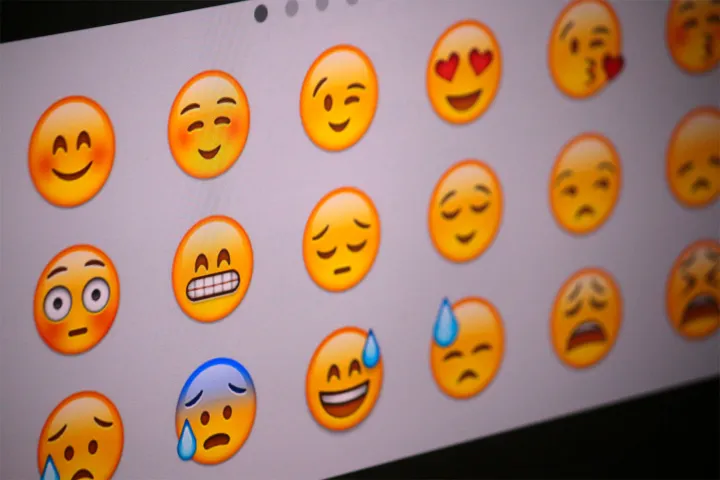
That’s according to app developer Novoda, which conducted a study using Google’s Developer Console. It tracked the performance of three different app listings in the Google Play Store, three of which had emojis at the end of the description: a rocket ship, a humanoid holding waste over a recycling bin, and a double-underlined one hundred. A fourth listing — a control group — didn’t have any. Novada exposed 25 percent of Google Play Store users to the emoji-fied descriptions and 25 percent to plain text.
The results were surprising. In Germany and Italy, the “rocket” emoji and “100” emoji boosted downloads by a whopping 20 percent compared to the control group. Users in Poland, meanwhile, showed a clear preference for the “recycling” emoji — downloads did 7 percent better with it than without.
The data from other countries wasn’t as clear-cut. Would-be downloaders in Russia, France, Spain didn’t appear to prefer any one emoji over the other. And U.S.-based users preferred the description without the emoji over the emoji-fied listings.
The breakdown likely has something to do with cultural differences. According to a Swiftkey study published last year, countries like Canada were found to use the greatest number of “raunchy” emojis (money, violent, and sports emojis), while France used four times as many “heart” emojis than other countries. Brazil, meanwhile, used more than double the amount of religious emojis (prayer hands, church, star in night sky) than the average. Australia used clothing emoji at nearly twice the average rate. And users in Arab countries were more than four times as likely to use the “flower” and “plant” emojis.
The takeaway, Novado said, was that tailored app listings perform better than generic ones. Apps with emojis did 4.5 percent better on average than those without. “[Optimization] has real and measurable effects on [developer’s] revenue,” it said. “Localize your tests to get better results.”
One thing’s for sure: Emojis aren’t going away anytime soon. The world’s approximately 2 billion smartphone users send six billion emoji each day. Fully 92 percent of internet users employ emoji in everyday conversation, one-third of them daily. And nearly half of all posts on pic-sharing network Instagram contain an emoji of one form or another.
Editors' Recommendations
- Everything you need to know about the massive Apple App Store outage
- What is WhatsApp? How to use the app, tips, tricks, and more
- Our 5 favorite iPhone and Android apps by Black developers
- I review phones for a living — here are the 10 apps I can’t live without
- Apple’s iOS 16.4 beta brings new emoji, web app notifications, and more


